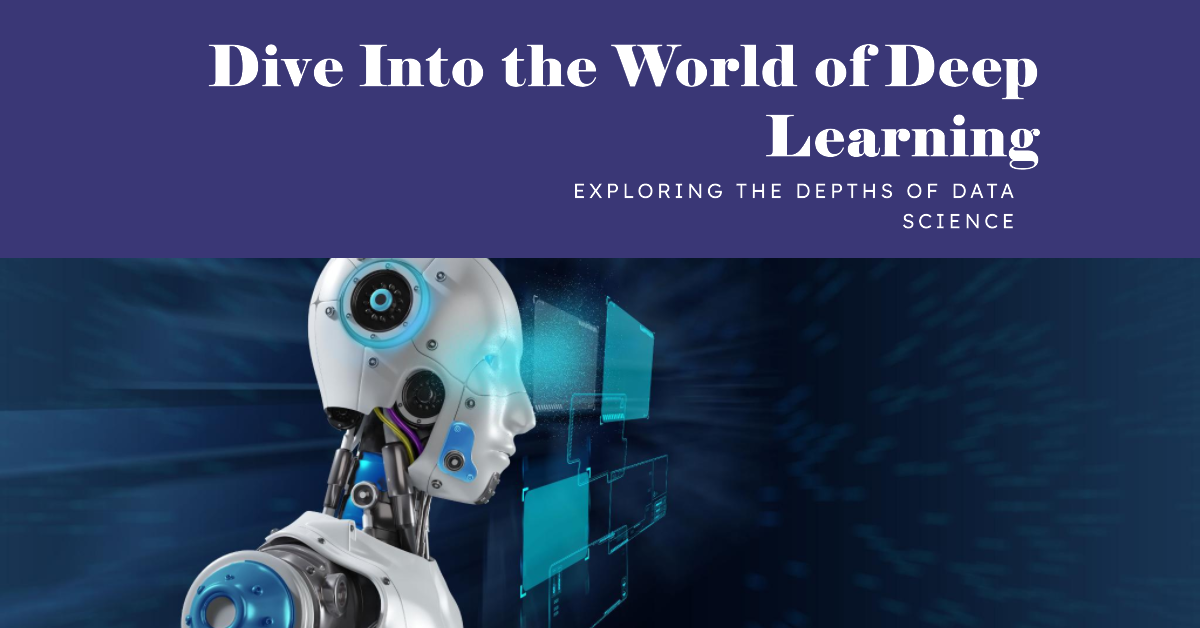1. What is deep learning in data science?
Deep learning is a branch of machine learning that uses deep neural networks to automatically learn complex features and patterns from data.
2. How do neural networks work in deep learning?
Neural networks consist of layers of interconnected nodes that process data and learn increasingly abstract representations. They are trained by adjusting weights and biases to minimize error.
3. What are some applications of deep learning?
Deep learning is applied in computer vision, natural language processing, medicine, and many other areas for tasks such as object detection, machine translation, and medical diagnosis.
4. What are the challenges of deep learning?
Some challenges include the need for large data sets and computational power. However, its benefits outweigh these challenges.
5. How can I learn more about deep learning?
You can access additional resources and advanced tutorials by following the link provided above. Explore and expand your knowledge in deep learning!

